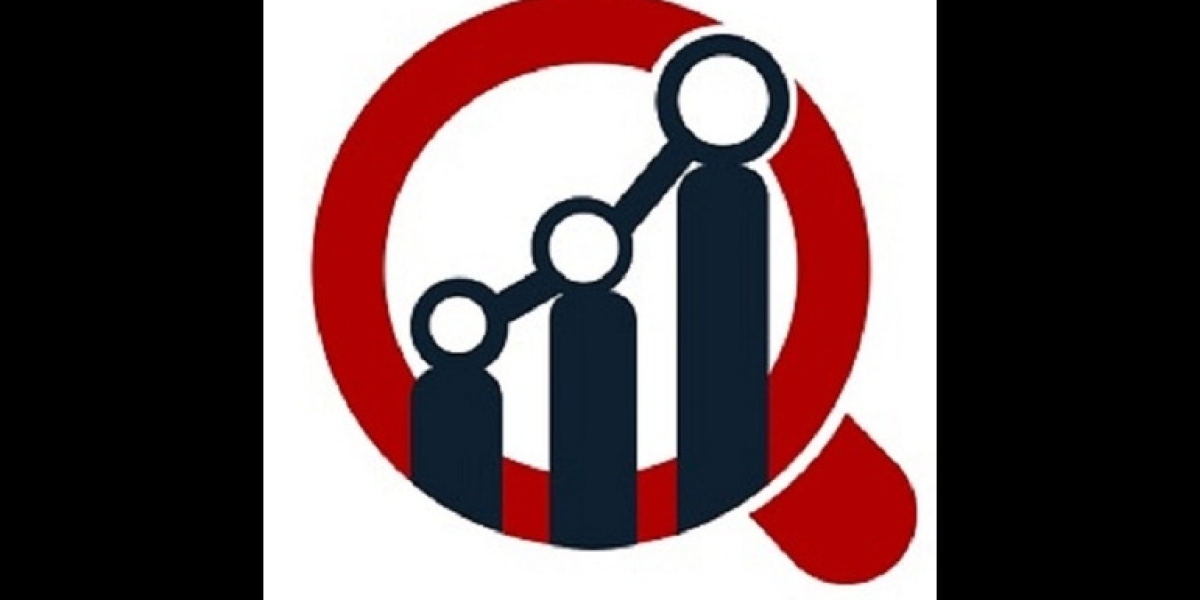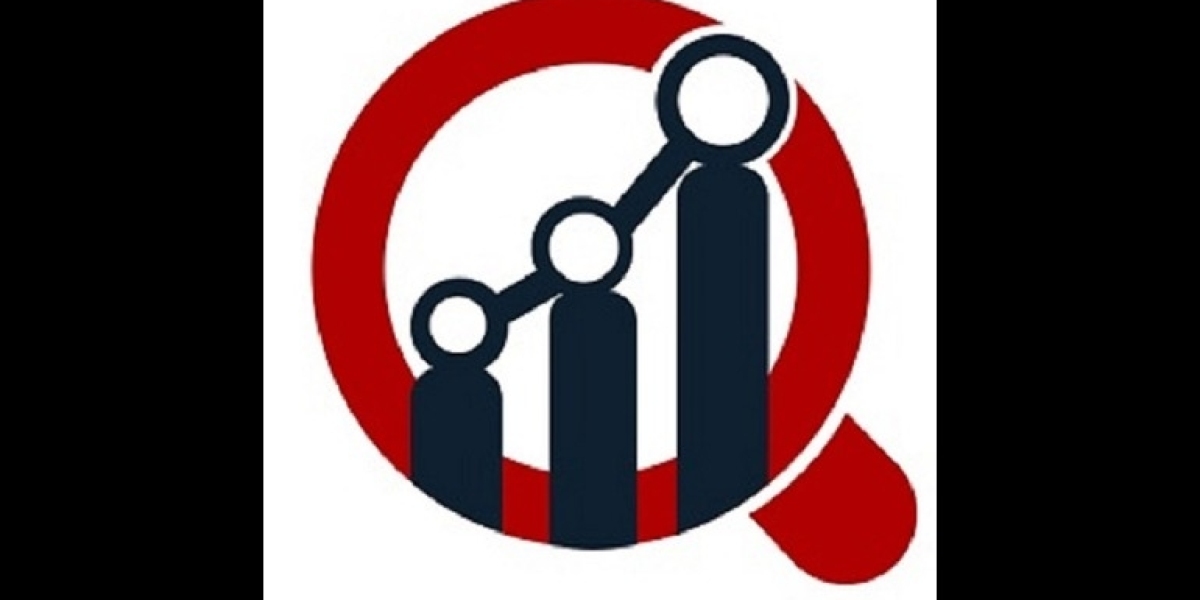Forex Cards: The Smart Way to Carry Foreign Currency Abroad
Traveling abroad, whether for leisure, education, or business, often comes with the hassle of carrying and converting foreign currency. This is where Forex Cards—also known as Travel Cards or Prepaid Travel Cards—step in as a modern, secure, and cost-effective alternative to cash or credit cards. In this article, we explore what forex cards are, how they work, their benefits, types, and how to choose the right one for your needs.
What is a Forex Card?
A Forex Card is a prepaid card that allows you to load multiple foreign currencies on a single card. It works like a debit card and can be used for international transactions, ATM withdrawals, and point-of-sale (POS) payments abroad.
Issued by banks and financial institutions, these cards are preloaded with the currency of your destination country at locked-in exchange rates, protecting you from forex market fluctuations.
Types of Forex Cards
There are mainly two types of Forex Cards:
1. Single Currency Forex Card
- Loaded with one specific foreign currency.
- Ideal for travelers visiting one country.
- Lower maintenance fees and simpler to use.
2. Multi-Currency Forex Card
- Can hold multiple currencies at once (up to 20 or more in some cases).
- Useful for those visiting multiple countries on a single trip.
- Automatically deducts payment in the local currency.
Benefits of Using a Forex Card
✔ Better Exchange Rates
Forex cards often offer better conversion rates than cash or credit cards, saving you money on currency conversion.
✔ No or Low Conversion Charges
Unlike credit/debit cards that charge up to 3.5% foreign transaction fees, forex cards typically have zero or very low charges.
✔ Safety and Security
Forex cards are PIN-protected and can be blocked or replaced easily if lost or stolen. Many also offer chip-and-PIN security.
✔ Convenient ATM Withdrawals
You can withdraw local currency at ATMs worldwide, often without hefty transaction fees.
✔ Easy Reloading
You can reload your card online or via mobile apps if you run out of funds during your trip.
✔ Budget Control
Since forex cards are prepaid, they help in managing expenses and avoiding overspending.
Sample Request For Free Pdf - https://www.marketresearchfuture.com/sample_request/23847
Forex Card vs Credit/Debit Card vs Cash
Feature | Forex Card | Credit/Debit Card | Cash |
Exchange Rate | Locked-in | Dynamic (fluctuating) | Depends on purchase |
Transaction Fee | Low to none | 2.5% - 3.5% | None |
Security | High | Medium | Low (risk of theft/loss) |
Usability | Global | Global | Limited to local spend |
Replacement Support | Yes | Yes | No |
How to Get a Forex Card
- Choose a provider: Banks like HDFC, ICICI, SBI, Axis Bank, and online fintech players like Niyo, BookMyForex, or Thomas Cook offer forex cards.
- Submit documents: Typically includes passport, visa, airline ticket, and ID proof.
- Load currency: Decide how much to load and in which currency.
- Activate and use: You can start using it after activation, both online and offline.
Tips for Using Forex Cards Effectively
- Choose a card with zero reload/ATM withdrawal fees.
- Always carry a backup card or a small amount of cash.
- Monitor your balance via mobile app or SMS.
- Avoid using forex cards for car rentals and hotel pre-authorizations.
- Use cards with wide acceptance (Visa or MasterCard).
Final Thoughts
A Forex Card is a must-have travel companion for international travelers. Offering a safer, smarter, and more economical way to carry foreign currency, it removes the worry of fluctuating exchange rates and high transaction fees. Whether you’re a student, tourist, or business traveler, a forex card can streamline your spending abroad while keeping your finances in check.
Related Report -
| Peer Analysis Market |
| Private Equity Market |
| Student Loan Market |
| Locker Market |
| Litigation Funding Investment Market |






